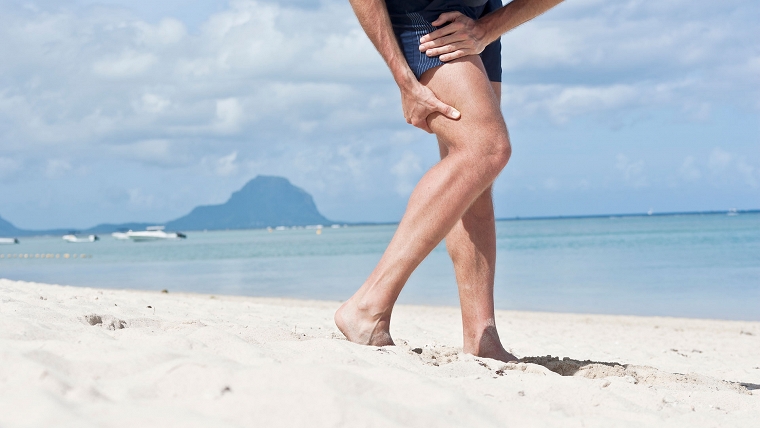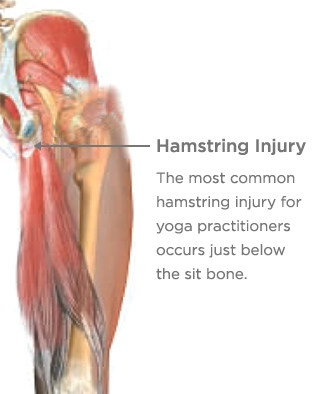"Get a good, tight grip" has got to be one of the most repeated phrases in class. These instructions are not arbitrary. The grip strengthens your hands, flexes the muscles and tendons, and builds power using your hands in every day life. Grip is essential both in order to allow you to correctly perform the postures, and because it directly benefits your fingers, hands, wrists and arms. Next time you're in class, focus on your hands. If necessary, go easy in the postures and concentrate on the placement and motion of your wrists, palms and fingers. Over 25% of our body’s bones are located in our hands. Yoga is a chance to fully engage the complex array of muscles, tendons and ligaments around them, and to reduce inflammation, remove built-up stress and increase range of motion.
The standard beginner’s Bikram grip is interlacing your fingers to the webbing, including the thumbs. By applying pressure to your grip through kicking or pulling, you build strength and flexibility in your hands, fingers and wrists.
We use this first in Pranayama breathing at the start of class, which gives you a chance to get comfortable interlacing your fingers. You want to keep your wrists as straight as possible as you bring your elbows up.
When doing postures where your arms are over you head with your fingers interlaced, pointer fingers together as in Half Moon and Balancing Stick, your palms should be pressed flat together with your pointer fingers pressed together. Tip: The more you press your palms and fingers together, not only will you be strengthening your hands, but you will also be toning your arms.
In Hands to Feet Pose, this is where you will hear "Get a nice tight grip. Don't lose your grip!" Pulling is the object of stretching in this pose. If you can keep a tight grip on your heels in this pose, along with Standing Separate Leg Stretching Pose, the more you'll be able to stretch your hamstrings and pull your torso closer to your legs.
Our grip really gets put to the test in Standing Head to Knee Pose. First, you want to wipe your hands to make sure your grip is dry and not slippery. Again, you want to keep your wrists straight to prevent repetitive strain over time. Interlock all 10 fingers for a strong grip so your foot does not slip out of your hands. Tip: You should be using mostly core and leg strength to lift your foot. So much so that if you were to release your hands from under your foot it would remain in the air. Interlacing all your fingers, including thumbs, is recommended. However, if your thumbs will not cross and if/when you are going deeper (actual head to knee), the adjustment is to keep only your 8 fingers interlaced, with your thumbs pressed next to your index fingers. The most important thing is to keep your wrists straight.
In Standing Bow and Floor Bow Poses, the strength of the posture is more in the kick than in the arm strength, so you actually want to have a lighter grip. Instead of holding on with a tight grip to the feet or ankles, think of yourself as "hanging" from your feet, using your fingers only, and keeping your wrists straight.
In Wind Removing Pose, with your fingers interlaced tightly together, try to not have any space between your palms and the area below your knee.
Placing your palms face-down beneath you in Locust Pose strengthens your wrists, arms and elbows to protect against repetitive strain injuries.
In Savasana, relaxing your arms and turning your palms to the ceiling promotes the positive flow of energy and receptiveness.





